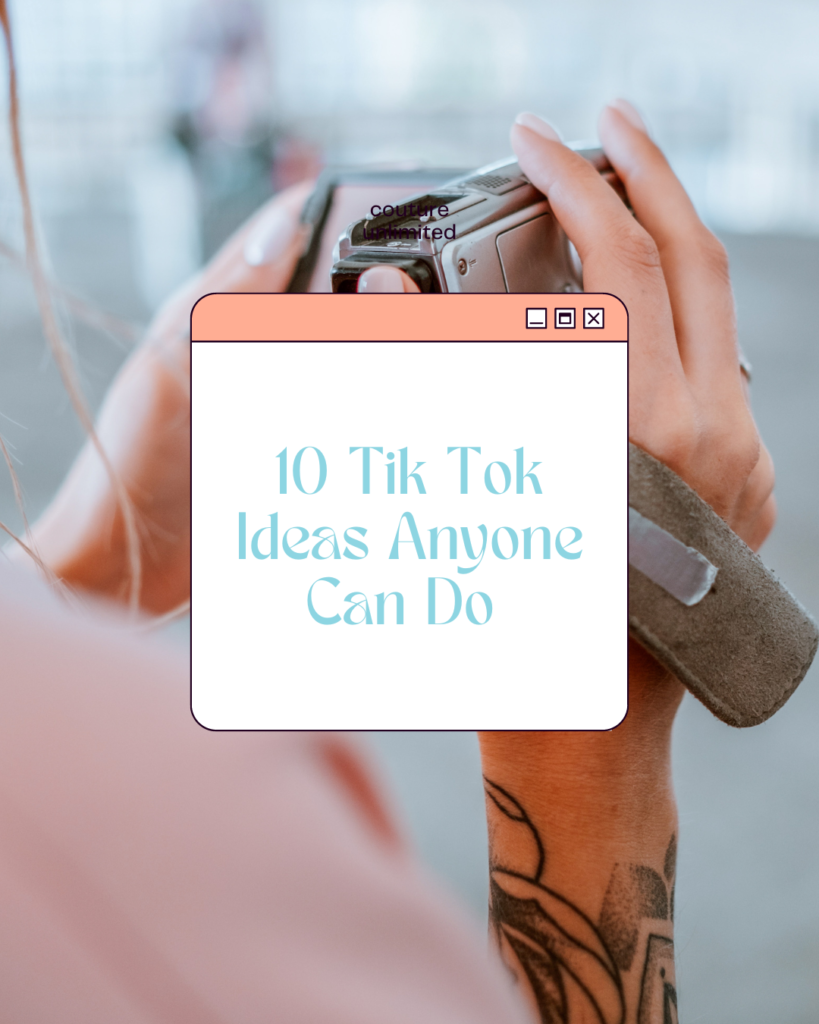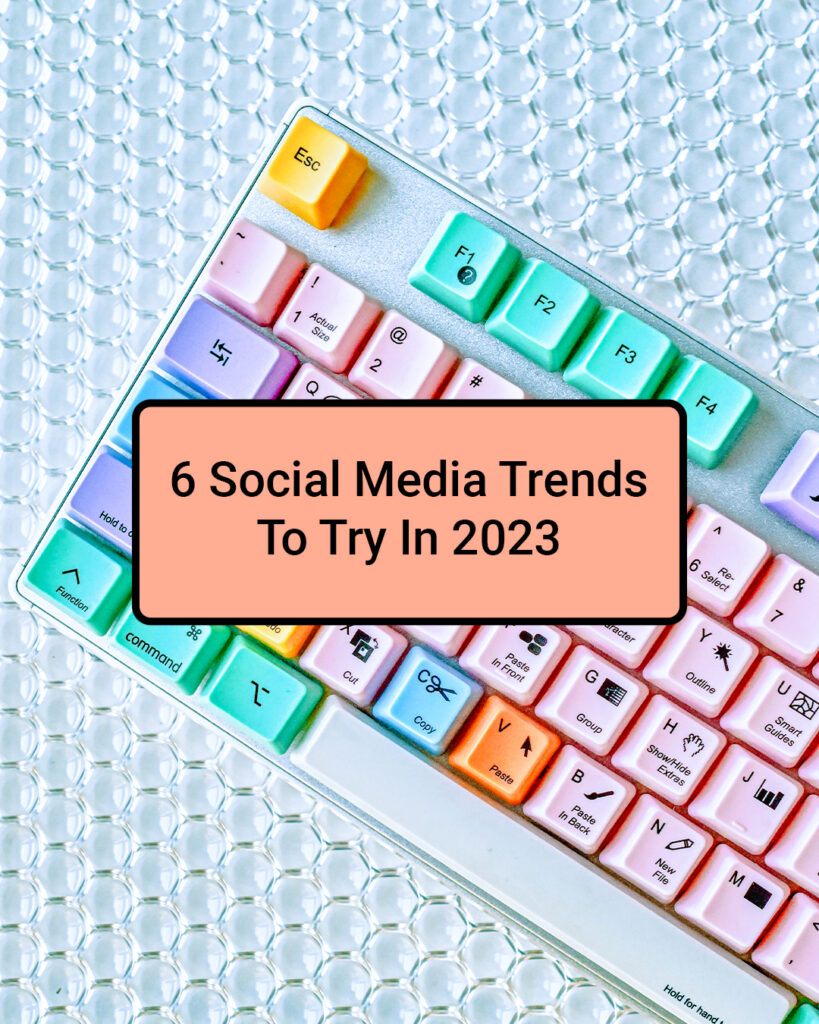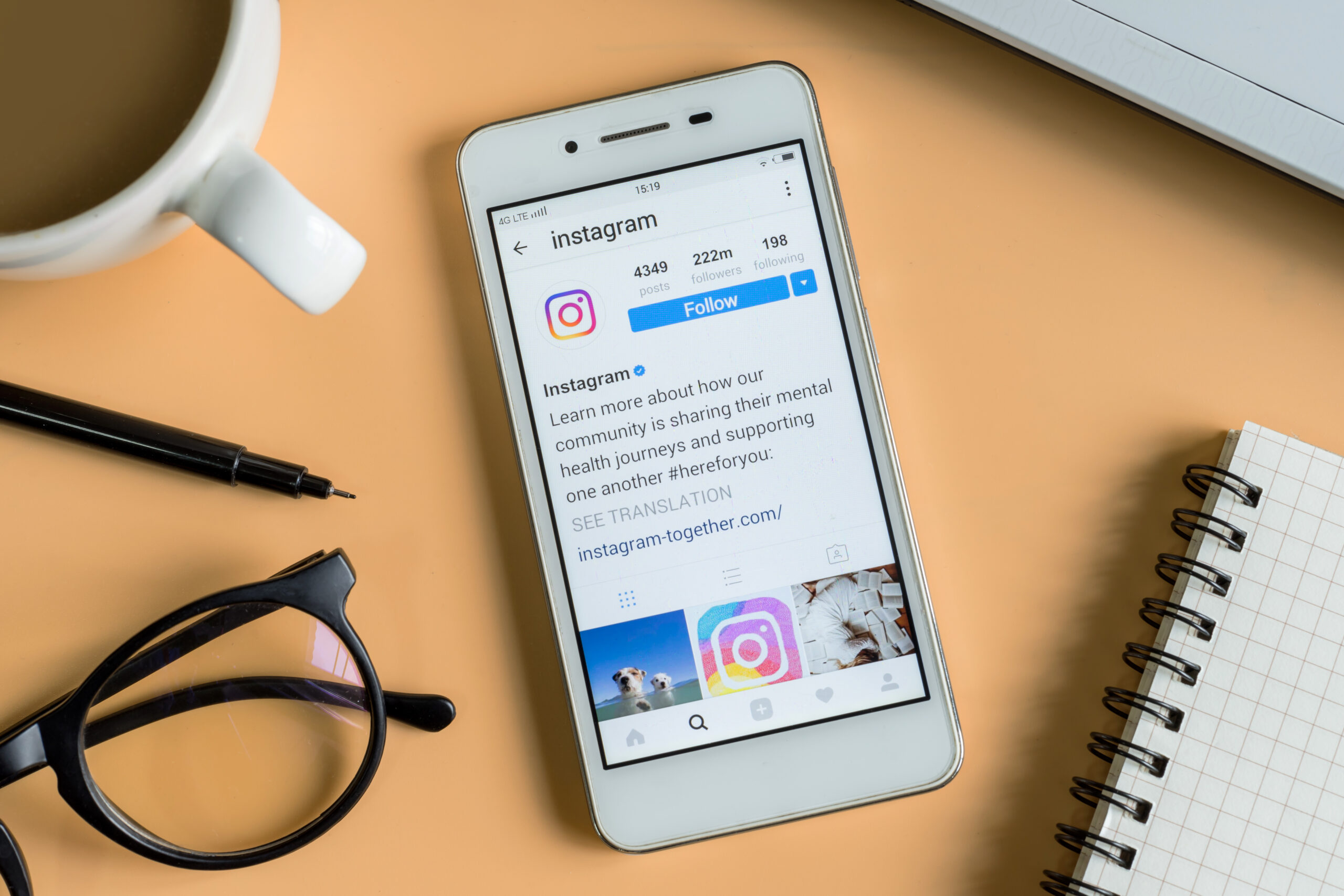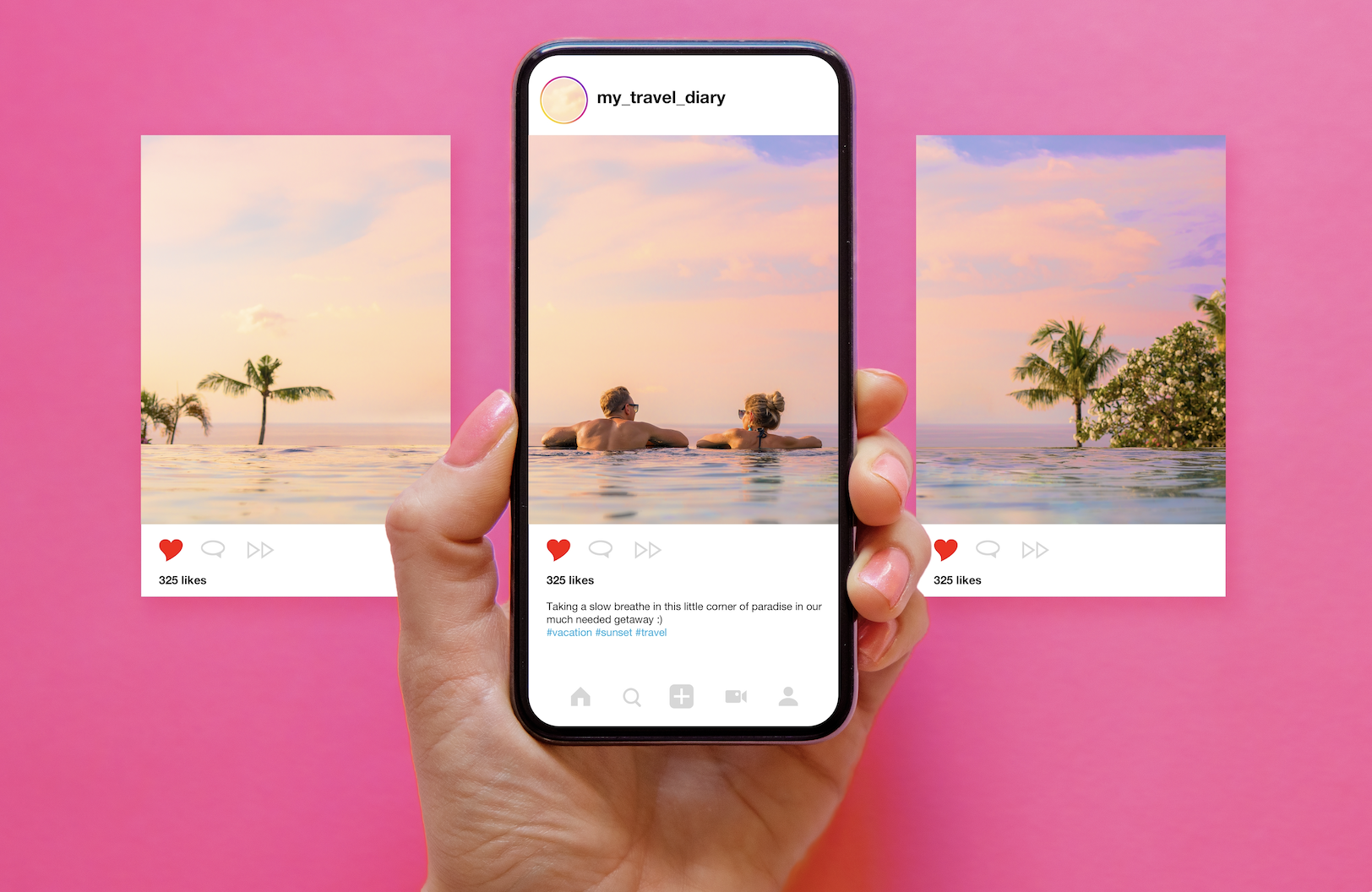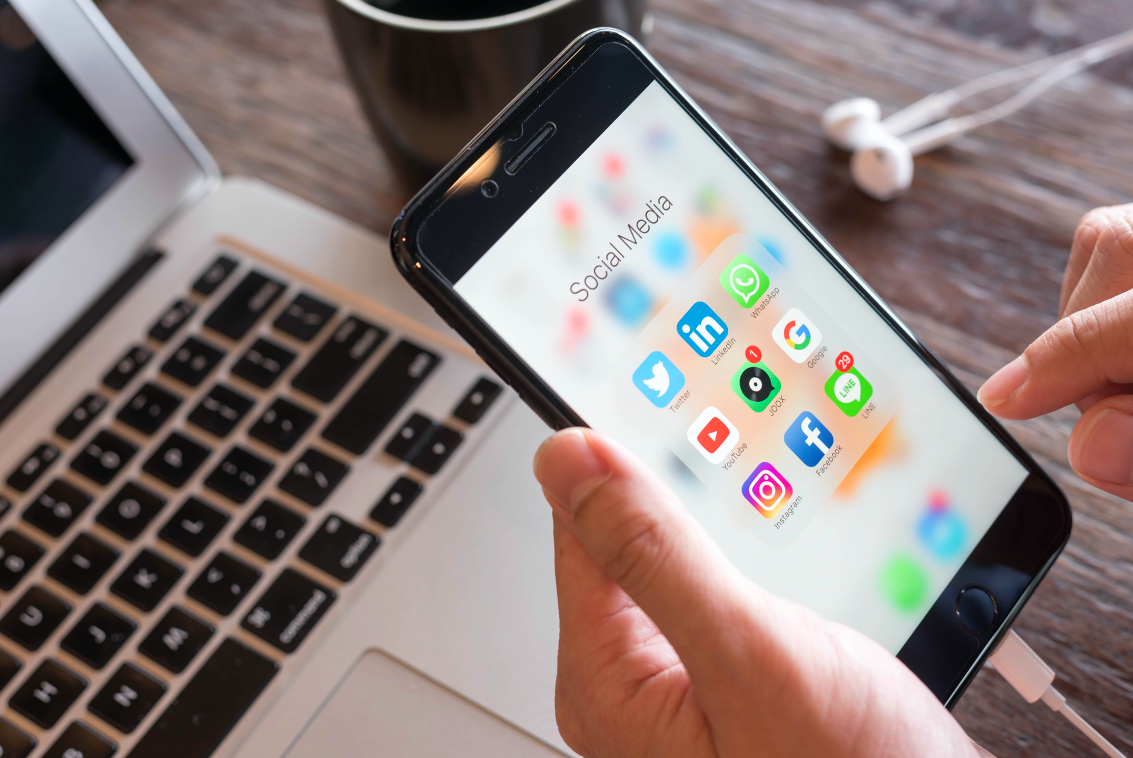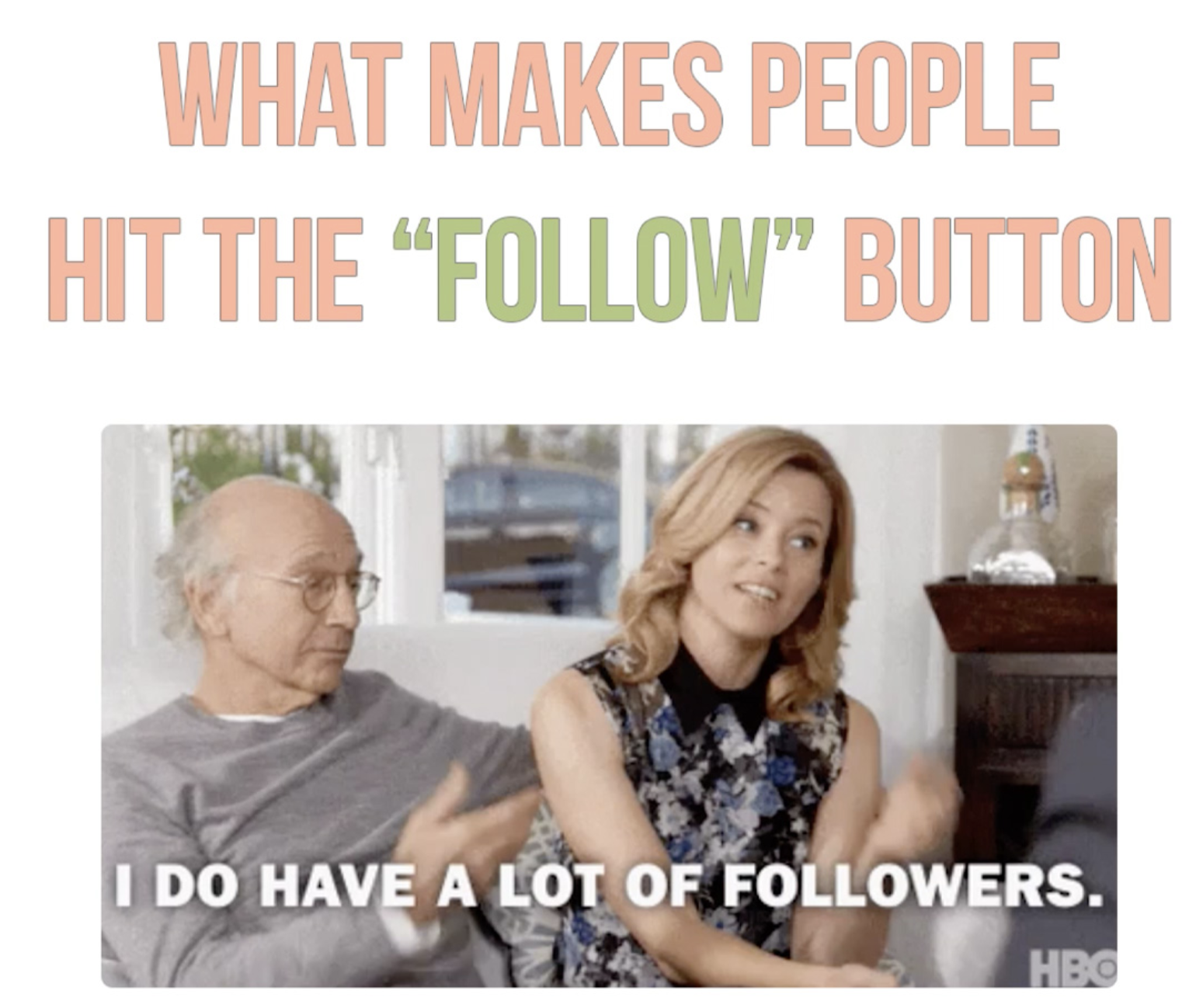
A couple of weeks ago, I found myself glued to the New York Times Facebook Live reporting of the People’s March for Education Justice in New York. It was a march protesting several of the new government’s initiatives on education, including the appointment of Betsy DeVos as Secretary of Education.
Broadcast reporting on Facebook, at last!
This is what we’ve come to expect from coverage of an event like this. Like on television, the large crowds were recorded to give the audience a sense of the turnout and a reporter interviewed some protesters, providing a personal account.
But because it was done through Facebook Live, it had a fresh sense of immediacy. The reporter herself did the recording from her phone’s camera. She asked the protesters questions, while viewers commented at that exact moment. The questions were often personal, resulting in parents’ musings about how they’d like their kid to be educated. The audience nearly had a presence at the event; something they could never have had through traditional news television.
Live streaming is the latest “new” tool social media has to offer. Its potential is evident in the many major news organizations and other companies that have already embraced Facebook Live for many uses. One survey found that 44% brands have already used live streaming and another 20% are planning to.
The New York Times itself already has a wide catalogue of Facebook Live videos, ranging from coverage of events to interviews to a meditation session.
Its utility for journalism goes beyond audience engagement, too. Live streaming on the internet seems like the most direct way to address certain breaking news or events as they happen, like this Boston Globe broadcasting of a plane being removed after it crashed:
It takes the slightest of preparation to start a Facebook Live stream, making it possible for news like this to be covered speedily. And it doesn’t matter if whatever happened takes too long to develop in production: there is no concern about fitting it in any schedule. Blizzards and other weather catastrophes have been covered like this too.
Live streaming potential uses just keep piling on. Everyone could see FBI Director Comey testifying last week about Trump’s wiretapping accusations that had been speculated on for weeks. MLB broadcasted batting practices throughout the World Baseball Classic (which are fun, but not shown on TV). Artists can be interviewed live by their fans instead of a journalist.
Live streaming is also becoming a primary tool for political activists, who thrive on direct communication, especially at a time when more and more Americans seem to be politically motivated.
Shaun King, a writer and activist associated with the Black Lives Matter movement and the Injustice Boycott, uses Facebook Live videos as his main platform. Not only does he use live video to showcase events in the moment, but also, he routinely checks in with his followers and interacts with them. And they interact back: those live streams often tally over 100,000 views. His voice has crafted itself into another medium.
And, like everything on the internet, live streaming has also been spun for jokes. Thousands of people joined together to watch a cookie bake for an hour and a half instead of the debate in October 19th last year.
This might seem trivial. But it also exemplifies a tendency to ignore politics in the United States: this stream took place a month before an election in which half the people didn’t vote. Through Facebook Live, people can even come together to ignore something.
The embrace of live video has not stopped live streaming from causing concern. Several articles have worried about the ethics of live streaming and its potential misuses. Indeed, horrible things have already been broadcasted live on the internet. A particularly bleak headline last week read: “No way to tame the dark side of Facebook Live.”
But every technology, every new tool, potentially carries this risk. This doesn’t mean that we should turn away from it. It’s just a matter of better understanding it and learning how to use it.
In the hopes of better understanding Facebook Live we reached out to Edwin Lindo, a law professor and social justice activist who has been using it to engage with his audience. We asked him about his observations of the platform so far and how he sees it moving forward.
Mr. Lindo has already embraced live streaming. He told us he uses Facebook Live everywhere, from streaming direct actions on the street for hours and commentating through the live feed, to using it to build awareness of different issues.
Facebook Live is just the right fit for Lindo. It provides the activist with a freedom of expression not always attainable in broadcasting, as well as with direct communication with his audience.
“I kind of see Facebook Live as our own channel where we get to dictate the content that goes out instead of having to rely on the mainstream media,” he explained.
When asked about security measures, Mr. Lindo did have a couple suggestions Facebook could implement:
“A possible idea is to create a delay option of three to five seconds,” he suggested, “so that if something happens that you didn’t want to happen, you could shut off and that wouldn’t go live.”
“Another one might be a pause button to stop recording in the moment but that doesn’t shut off the live stream. It just maybe doesn’t show what you’re filming at that moment,” he added.
Moving forward, Mr. Lindo will continue to embrace the live streaming platform. He’s in the early stages of establishing a show broadcasted over Facebook Live called Vantage Point. In it, a panel discusses several issues relating to social justice, with a goal “to engage with the audience in every single episode.”
What better place to do that than on Facebook?
You can already see an episode of Vantage Point:
Live streaming is just the latest social media innovation. It has already changed reporting and activism. The concern it has caused is not unfounded, but the fact is that live streaming is here to stay. It is too useful to ignore. The only thing left to do, really, is to adapt and embrace it.
Metter Media LLC is a Boston-based social media management company that implements community-based, localized social engagement strategies for small businesses and corporations alike. Need help with your social media? Email Lauren today.
